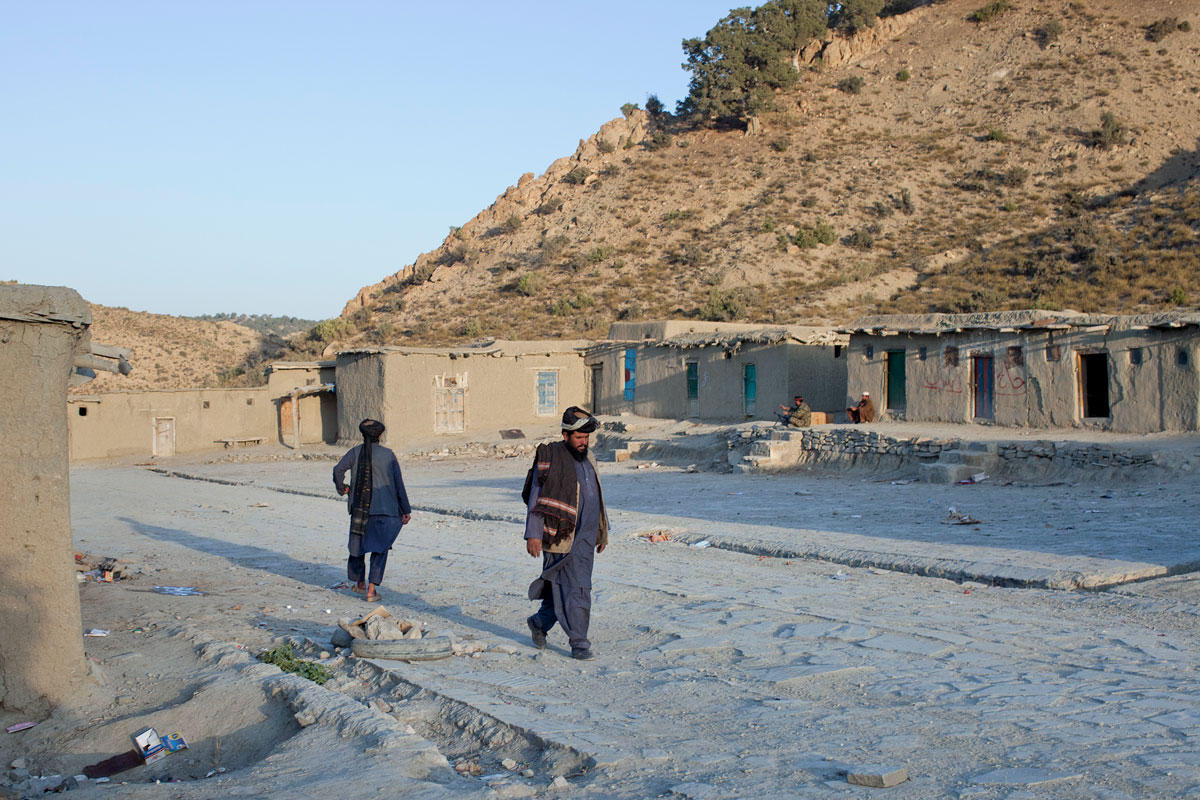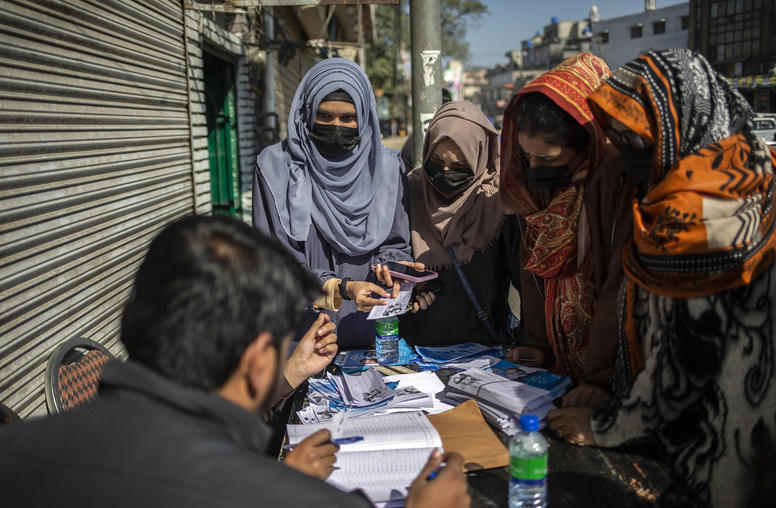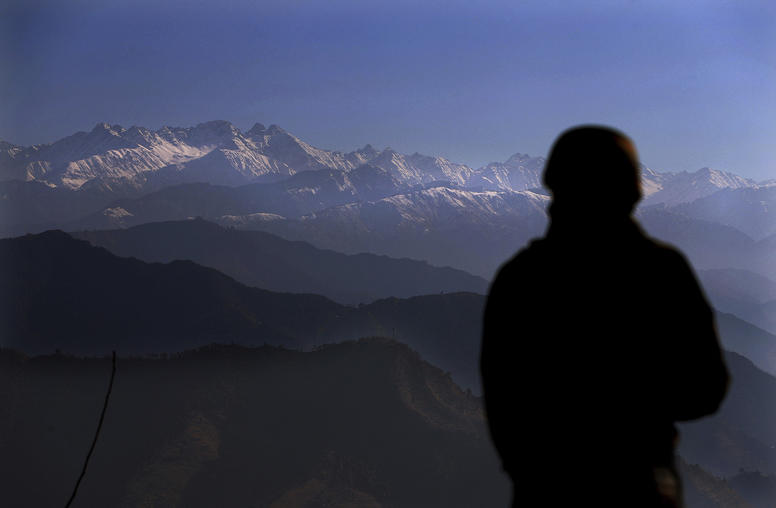The Pakistan-U.S. Relationship: Does Everything Have to be a Big Deal?
USIP's Moeed Yusuf discusses the U.S.-Pakistani relationship and how important it is to lower the temperature of the rhetoric between the two countries.

No matter who one asks, the need to address the deep seated mistrust between the U.S. and Pakistan comes up as one of the key requirements to put the relationship back on track. But how does one do that when the public narratives -- on both sides -- are far more hostile than the official positions that remain out of the public eye and where official reactions to sensitive situations, tied in to the street sentiment as they are, continue to make it even tougher to reverse the popular perceptions within both countries.
The year 2011 will be remembered as one of recurring crises between the U.S. and Pakistan. And with each episode, one has witnessed an aggressive push from one or both sides to create a hype around the issue – to deal with it at a strategic level – and thus cause the overall state of ties to sour, and often for it to be put on hold temporarily.
We started off with Raymond Davis’s killing of two Pakistani civilians in Lahore. For some time thereafter, it seemed as if the relationship was dependent on the fate of this individual – many still wonder why. The killing of Osama bin Laden on May 2 rolled around and Pakistan, rather than piggybacking on the U.S. achievement and taking credit for it, chose to make this a sovereignty issue. It created a stir domestically, forcing the parliament to condemn U.S. action and bringing the partnership into question. Much the same was done after comments by outgoing Joints Chief of Staff Admiral Mike Mullen later in the year.
SEE ALSO: NEW PAKISTAN AMBASSADOR TO THE U.S. SHERRY REHMAN SPOKE RECENTLY AT USIP
And while the killing of 24 Pakistani troops by a NATO strike in November was most naturally attuned to a strategic response, neither was the U.S. insistence on “no apology” good for the relationship, nor Islamabad’s decision to essentially stall the relationship for what has now been more than two months. And as I write, the Pakistan Foreign Minister has called the recent resolution supporting right of self-determination for Balochistan in the House Foreign Affairs Committee (in the sub-committee on oversight and investigations) an act of “foolhardy-global-vigilantism.” The Pakistani parliament has already condemned the resolution.
The point here is not to say that the two sides didn’t have a reason or right to react to these developments. Or that the triggers for these crises and the policies that underlie them should escape without question. But when both sides are openly acknowledging the imperative they need to keep the relationship going and when negative public sentiment has been singled out as a major impediment, then how does one explain the official, public reactions that only act to give further traction to the prevailing perceptions?
We are in an election year in both countries. The natural impulse now is likely to be to further feed and feed off the street sentiments rather than try and go against the grain. Doing so, however, may prove to be a self-fulfilling prophecy in terms of undermining the relationship. This year will be a test of character for both officialdoms: will they be able to stand up for the relationship even if it is domestically unpopular? Doing so would require dealing with crises at a tactical level rather than making them strategic breaking points.



